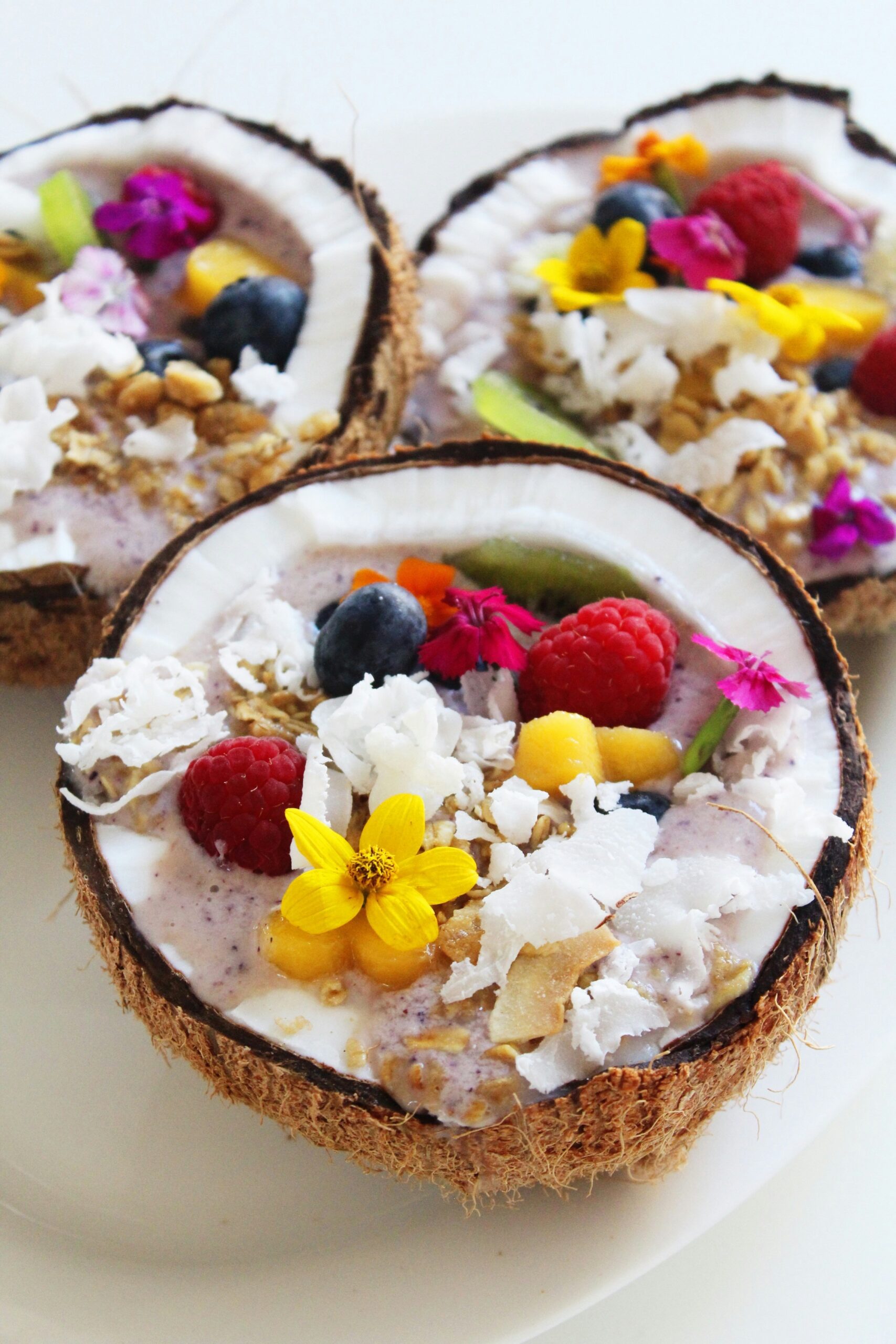

Introduction to Edible Flowers
Imagine a garden bursting with color, where vibrant petals not only please the eye but also tantalize the taste buds. Edible flowers have made their way from ornamental gardens to gourmet kitchens, bringing an unexpected twist to traditional dishes. These natural wonders do more than just beautify your plate; they add unique flavors and aromas that can elevate any meal. Whether you’re looking to impress guests at a dinner party or simply want to brighten up your everyday cooking, edible flowers are the perfect ingredient to explore. Let’s dive into this floral culinary journey and discover how these blooms can transform your culinary creations!
Types of Edible Flowers and Their Uses in Cooking
Edible flowers come in a vibrant array, each with distinct flavors and uses. Nasturtiums are peppery and add a spicy kick to salads. Their bright hues also enhance visual appeal.
Chive blossoms offer a mild onion flavor, perfect for garnishing soups or creamy dips. They bring both taste and color to your dishes.
For something sweet, consider violets. These delicate blooms can be candied or used as garnish on desserts, lending an elegant touch.
Lavender is another versatile option. Its fragrant petals work well in baked goods or infused into syrups for beverages.
Calendula petals provide a subtle tanginess that complements grains like quinoa or rice beautifully. Their golden hue makes any dish pop with color and freshness.
Health Benefits of Consuming Edible Flowers
Edible flowers not only beautify your plate but also pack a nutritional punch. Many varieties are rich in antioxidants, which help combat free radicals in the body. This can lead to improved skin health and reduced signs of aging.
Some flowers, like nasturtiums, are high in vitamin C. This essential nutrient supports immune function and promotes healthy skin. Others, such as dandelions, provide vitamins A and K—crucial for maintaining good vision and bone health.
Moreover, certain edible blooms have anti-inflammatory properties. They can aid digestion or even soothe minor ailments when consumed regularly.
Incorporating these colorful additions into meals is an effortless way to elevate both flavor and nutrition. Each flower brings its unique taste profile while contributing to overall well-being. So why not explore this vibrant world? Your palate might thank you later!
How to Properly Harvest and Prepare Edible Flowers
Harvesting edible flowers requires careful attention to ensure safety and flavor. Begin by selecting blooms that are free of pesticides and chemicals. Early morning is the best time to pick flowers, as they are fresh and full of moisture.
Use scissors or garden shears for a clean cut, taking only the blossoms you need. Avoid pulling them off forcefully; this can damage the plant.
Once harvested, gently rinse the flowers under cool water to remove any dirt or insects. Pat them dry with a soft towel—this helps preserve their delicate structure.
Before using in your dishes, remove any bitter parts like stems or pistils. Some varieties benefit from being blanched briefly in boiling water, enhancing color and taste while preserving nutrients.
Experiment with various types but remember: less is often more when it comes to flavor profiles!
Incorporating Edible Flowers into Cocktails and Drinks
Edible flowers can transform cocktails into vibrant masterpieces. Their colors add visual appeal, while their flavors introduce a unique twist.
Consider using lavender in gin and tonics for a soothing aroma. The delicate purple blooms not only look stunning but also impart a subtle floral note that elevates the drink.
Hibiscus is another fantastic choice. This deep red flower creates a striking contrast and adds tartness to beverages like margaritas or refreshing iced teas.
For something unexpected, try incorporating nasturtiums. Their peppery flavor works wonderfully in savory cocktails, complementing spirits such as vodka or whiskey.
Don’t forget garnishing! A simple sprig of edible flowers atop your favorite cocktail brings an enchanting finish. It invites curiosity and sets the stage for delightful conversation among guests.
Conclusion: Enhance Your Dishes with the Beauty and Taste of Edible Flowers
Edible flowers offer a unique way to elevate your culinary creations. Their vibrant colors can brighten any dish, while their diverse flavors add an intriguing twist. By incorporating these beautiful blooms into your meals and drinks, you not only enhance the visual appeal but also introduce new taste experiences.
Whether you’re garnishing a salad with nasturtiums or infusing syrup with lavender for cocktails, the possibilities are endless. Embracing edible flowers in your cooking invites creativity and excitement into your kitchen.
As you explore this colorful world, remember to prioritize freshness and proper preparation techniques. With careful harvesting and thoughtful pairing of flavors, edible flowers can transform ordinary dishes into extraordinary masterpieces.
So why not give it a try? Add some blossoms to your next meal or drink and watch as they bring both beauty and flavor to the table.
